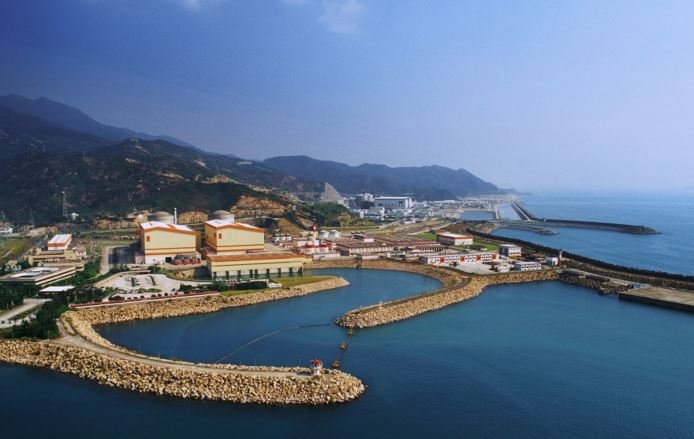
CGN Power's utilisation of nuclear plants to drop 2.2%
No thanks to declines in Liaoning and Guangxi.
Citi analysts remain downbeat on CGN Power as its utilisation of its nuclear plants should drop 2.2% yoy in 2017E, mostly in Liaoning and Guangxi.
Secondly, tariffs have downside risk from more power trading, and lastly, high interest rate risk as its net debt to equity ratio should surge to 316% (+76ppts yoy) by end 2017E and PRC interest rate rise has emerged.
"Our FY17-18E net profits are lifted 1-2% and TP +1% to HK$2.0 on less utilization cut. Its 12.9x FY17E PER is unattractive at 2.3% FY16-19E EPS CAGR," Citi said.
Here's more from Citi:
We assume average utilisation of CGN’s nuclear plants to -2.2% yoy to 6,544 hours in 2017E, including (i) flat yoy at 7,465 hours in Guangdong for solid demand growth and 6,450 hours in Fujian for less hydro substitution vs. high base in 2016, (ii) -6% yoy to 4,560 hours in Liaoning for weak demand in Northeast China and limited upside to transmit more to Northern China; and (iii) -10% yoy to 6,480 hours in Guangxi for exacerbating oversupply and scheduled first refueling overhaul of Unit 1 in mid-2017.
CGN sold 6M MWh or 5% of its net generation in 2016 via power trading at average 24% discount in our calculation. NDRC aims for more market-oriented power trading in industry reform that would expose power companies, including CGN, to more tariff cut risk amid oversupply.
We assume higher CGN’s sales mix via power trading in Guangxi, Liaoning and Fujian yoy in 2017E and similar risk could emerge in Guangdong in 2018E, though the discount in Guangxi this year might be less than that a year ago based on contracts signed.
CGN’s capex should remain high at Rmb25-26bn pa in 2017-18E, in addition to an Rmb5.5bn payment in 2017 for parental asset injection done in 2016. Its net debt to equity would +76ppts yoy to 316% in 2017E on high capex and consolidation of Ningde Nuclear Plant since 1 Jan 2017.
Its average debt cost in 2017E would rise yoy (from our calculation of 4.6% in 2016E) amid tightened PRC credit. For every 25bps interest rate rise, its 2017E net profit would be -3%.























 Advertise
Advertise






